"Night Parade of One Hundred Demons (Hyakki Yagyo)" refers to the great parade of yokai (supernatural creatures) that has been passed down in Japan since ancient times, frightening people while also being told as part of cultural tradition. In recent years, many Night Parade of One Hundred Demons-related events have been held mainly in Kyoto, reviving this old folklore as modern entertainment. In this article, we will introduce the origins of Night Parade of One Hundred Demons, the yokai that appear in it, and the latest event information. We will also give a detailed explanation of Night Parade of One Hundred Demons as depicted in anime and manga.
*By purchasing or reserving products introduced in this article, a portion of the sales may be returned to FUN! JAPAN.
What is Night Parade of One Hundred Demons (Hyakki Yagyo)? Origins and Tales – Why Were People Afraid of It?
Let’s start by looking at how Night Parade of One Hundred Demons came about.
The Meaning and Time of Night Parade of One Hundred Demons

Night Parade of One Hundred Demons refers to the strange phenomenon of one hundred yokai marching in a procession during the night.
The time when Night Parade of One Hundred Demons was said to appear varied depending on the era, such as "midnight" or the "hour of the ox" (between 2:00am and 2:30am). But in any case, it was believed to appear in the darkness when people were fast asleep. Since night was thought to be the time when chimimoryo* were active, it became fertile ground for yokai folklore to spread.
*Chimimoryo refers to various monsters and yokai.
Origins and Etymology
"Night Parade of One Hundred Demons" refers to the phenomenon believed to be a parade of countless yokai and demons walking through the darkness of the night. In works such as the "Konjaku Monogatari-shu" from the Heian period, there are depictions of nobles encountering these parades and feeling unlucky, showing how it was already feared as a symbol of misfortune at the time.
Etymologically, "Hyakki" means "countless yokai and demons," and "Yagyo" means "wandering at night." Combined, these two words express the idea of yokai gathering and appearing in groups during the night.
The Theory That Yokai Were Used to Ease Anxiety About Epidemics and Disasters
Night Parade of One Hundred Demons is said to have played a role beyond being just a story of yokai marching through the night. In the past, people didn’t understand the causes of disasters such as illness, earthquakes, or fires. By thinking "this must be the work of yokai," they could give a terrifying event a concrete image and, in doing so, calm their minds even a little.
Night Parade of One Hundred Demons may have been a product of the imagination of the time, projecting invisible fears into the form of a "procession of yokai."
Depictions in Picture Scrolls and by Ukiyo-e Artists

The image of Night Parade of One Hundred Demons was vividly passed down through picture scrolls and ukiyo-e prints. In the "Night Parade of One Hundred Demons Emaki" created in the Muromachi period, tools such as pots and umbrellas are shown transformed into yokai, forming a parade that feels more humorous than terrifying. In the Edo period, ukiyo-e artist Toriyama Sekien published "Gazu Night Parade of One Hundred Demons," introducing a wide variety of yokai almost like an illustrated encyclopedia. These works transformed Night Parade of One Hundred Demons from a symbol of fear into a subject for entertainment and satire.
What Yokai Appear in Night Parade of One Hundred Demons? Who Leads the Procession?

The appeal of Night Parade of One Hundred Demons lies in the variety of yokai that appear. Let’s explore which beings join the procession and who takes the lead or brings up the rear, according to tradition.
What Are Japan’s Yokai? Introducing the Main Types
Japan’s yokai can be broadly divided into "object-based yokai," "animal-based yokai," and "human-like yokai."
Object-Based Yokai (Tsukumogami)
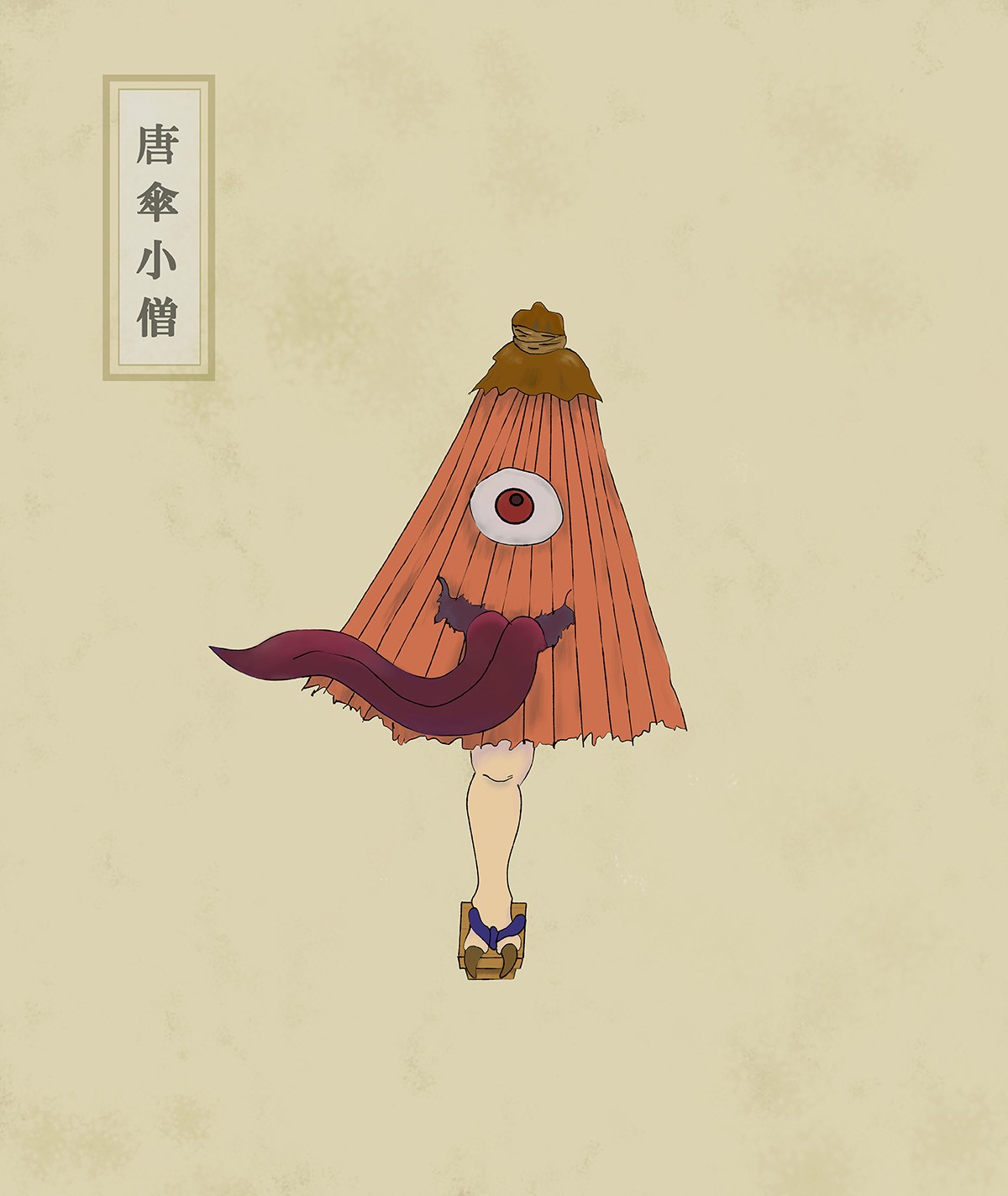
Karakasa Obake (Umbrella Ghost)
- Ittan Momen (Animated Cloth)
- Narigama (Clanging Kettle)
One of the most distinctive aspects of Japanese yokai is the idea of tsukumogami—old tools that, after many years, gain a spirit and turn into yokai. Tools closely tied to people’s daily lives transforming into yokai reflect both fear and respect toward familiar objects. These yokai can also be seen as reminders not to waste things, expressing the importance of cherishing what you use.
Animal-Based Yokai
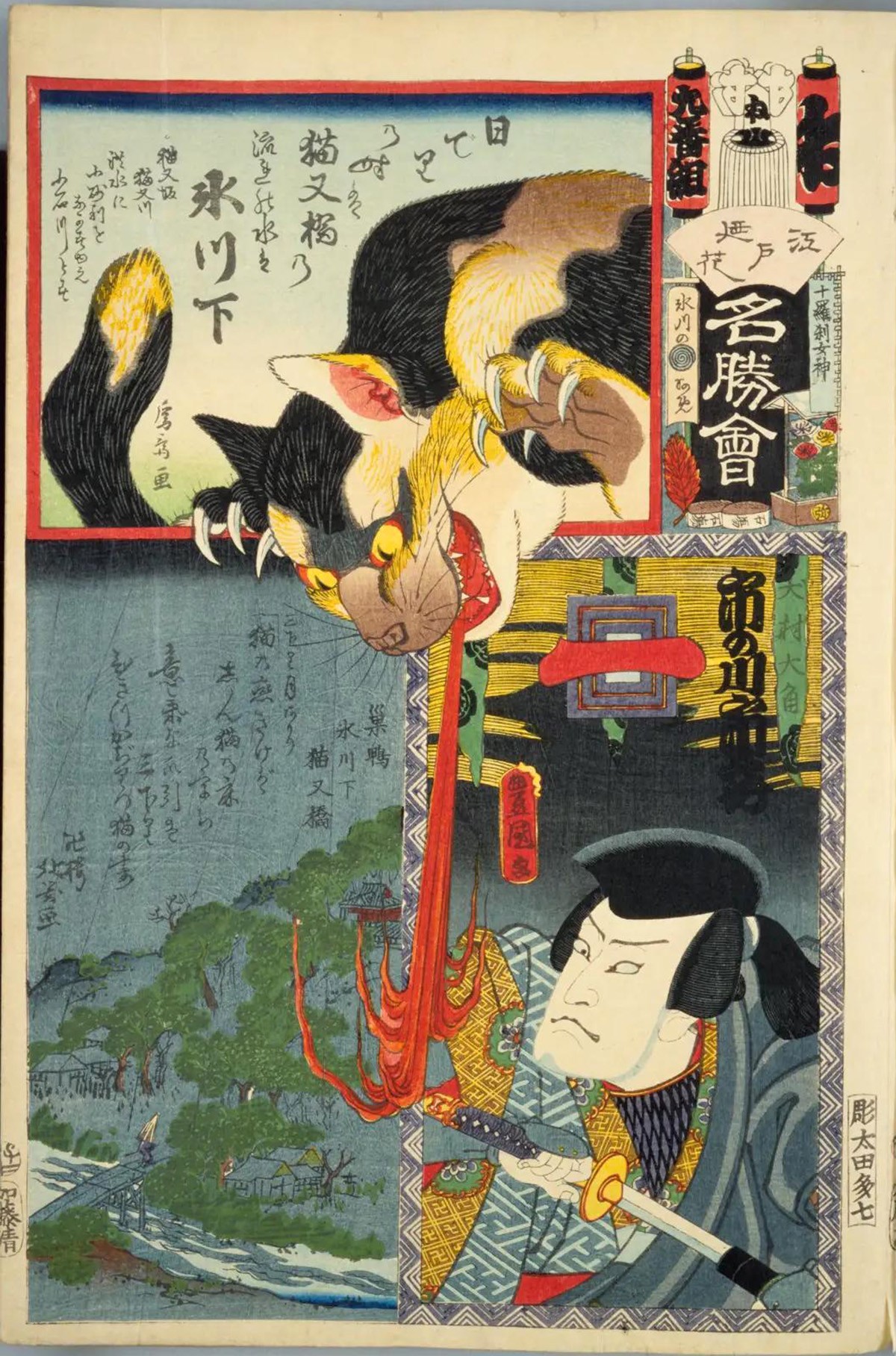
Kitsune (Fox Spirit)
- Tanuki (Raccoon Dog Spirit)
- Bakeneko (Monster Cat)
From ancient times, animals were seen as mysterious beings, and many appear as yokai in Japanese folklore. Foxes and tanuki in particular are famous for stories of tricking humans and have been deeply tied to beliefs and folktales. Their dual nature—sometimes helping people, sometimes frightening them—is part of their charm, reflecting the Japanese sensitivity toward living in harmony with nature.
Human-like Yokai
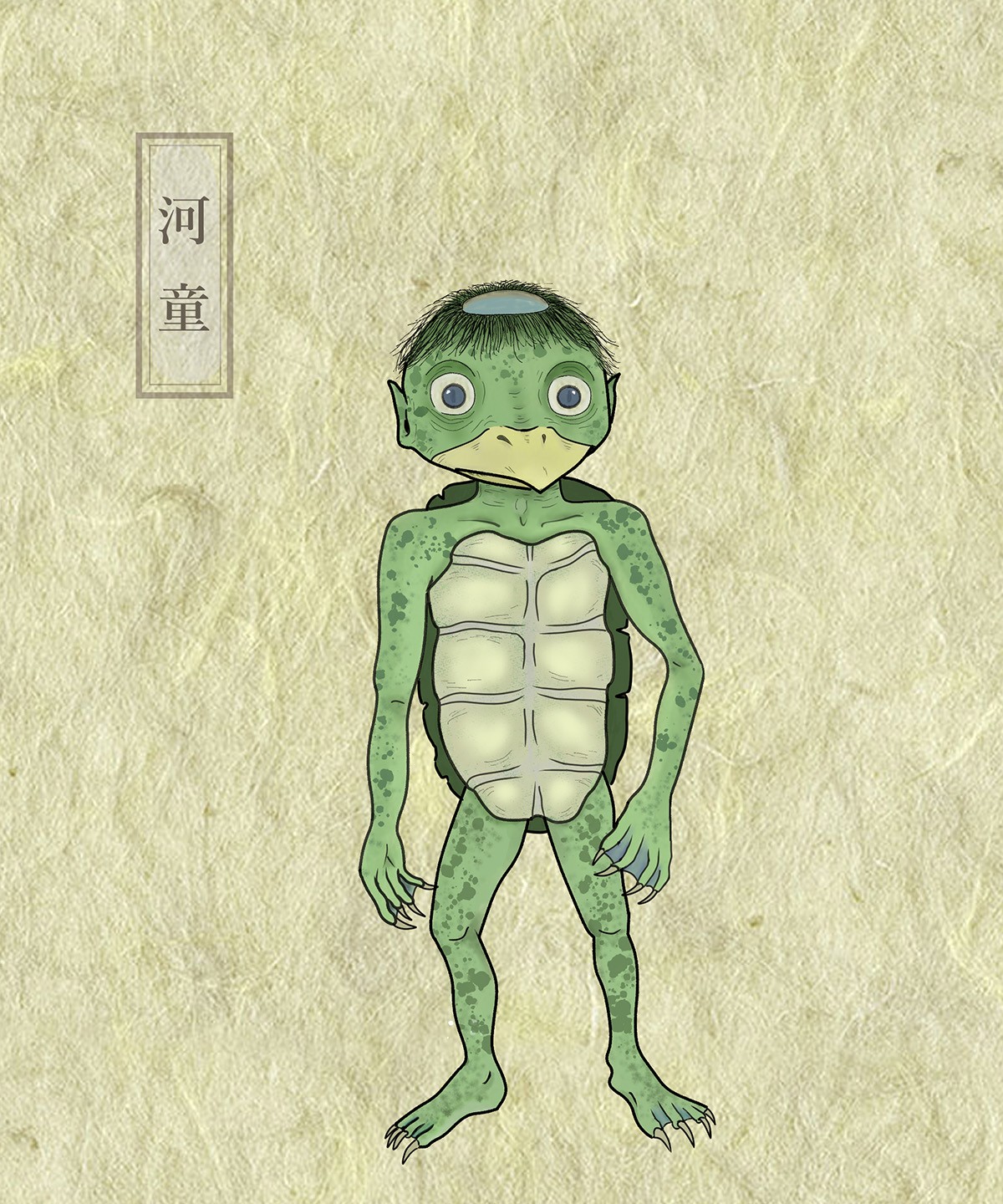
- Oni (Demon)
- Kappa
- Yuki-onna (Snow Woman)
Yokai that take on forms close to humans strongly reflect human fears and desires. The powerful and terrifying Oni, the Kappa lurking in rivers and watersides, and the Yuki-onna that personifies snow and cold are especially famous, often appearing in Japanese stories and performing arts.
👉 What are Japanese Yokai? Where can you encounter famous ones like Kappa and Tengu?
What kinds of Yokai appear in Night Parade of One Hundred Demons?
The yokai featured in Night Parade of One Hundred Demons are not fixed and differ depending on the picture scroll or story. The fact that the lineup changes with the era and the creator’s imagination is precisely what makesNight Parade of One Hundred Demons so profoundly fascinating. Here, we’ll introduce some of the most famous yokai.
Kodama (Tree Spirit)
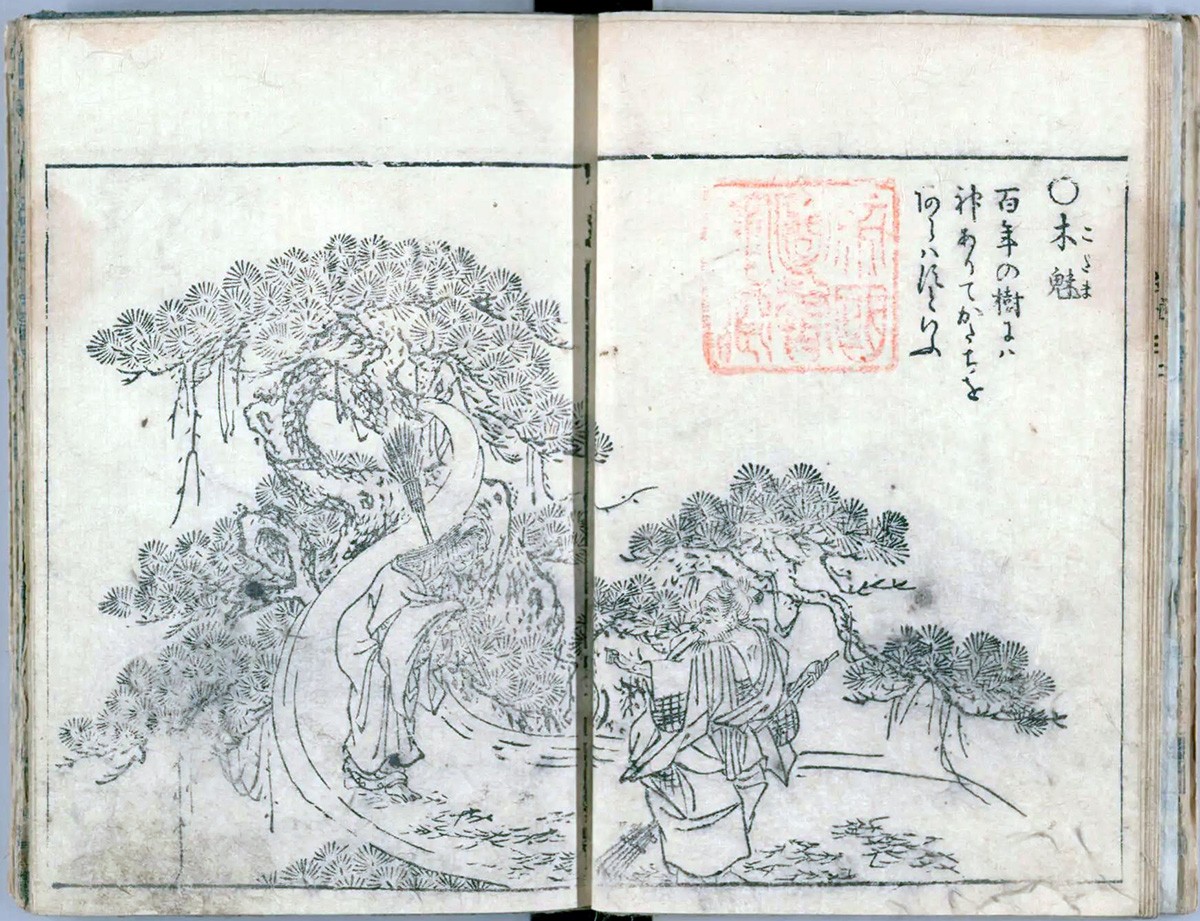
A spirit dwelling in the trees of mountains and forests, known to people as the echoing voice of "kodama." It represents a yokai rooted in the nature worship that teaches respect for trees.
Tengu
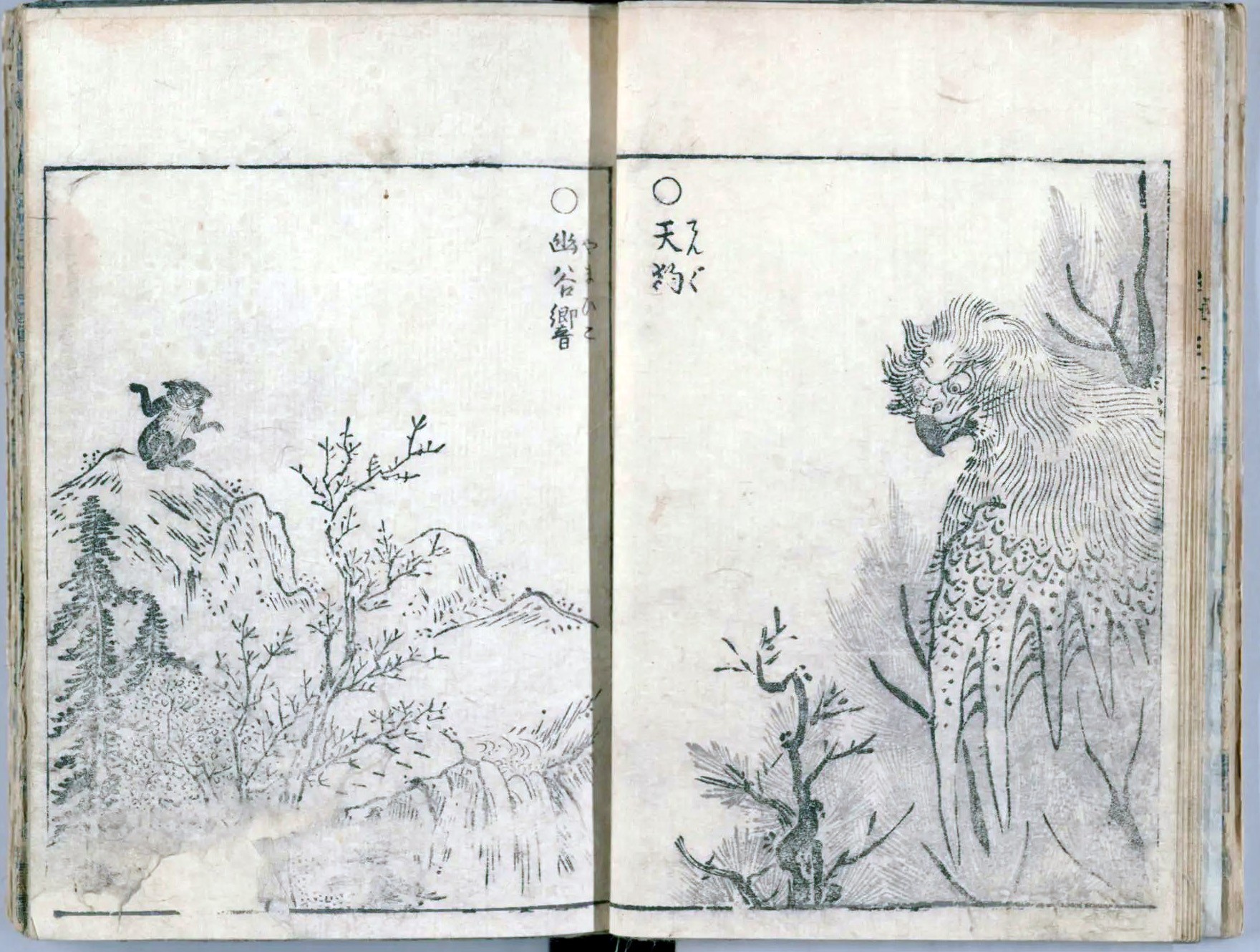
A yokai with a red face and long nose, said to live in the mountains. They possess superhuman strength and the ability to fly, and are also connected to Shugendō and the syncretism of Shinto and Buddhism.
Yamabiko (Echo Spirit)
A being that personifies the phenomenon of voices echoing back in the mountains. It represents a natural spirit embodying people’s awe of the mountains.
Yamawaro
A childlike yokai dwelling in rivers and mountains. While friendly, they are also mischievous, known for startling humans.
Nekomata
A cat that, after living a long life, transforms into a yokai. Its tail splits into two, and it is said to possess powers such as shapeshifting into humans or controlling fire.
Kappa
A water-dwelling yokai living in rivers and ponds. They are known for their dish-shaped head and shell, feared for dragging people underwater. At the same time, they are also closely associated with protecting agriculture.
Nurarihyon
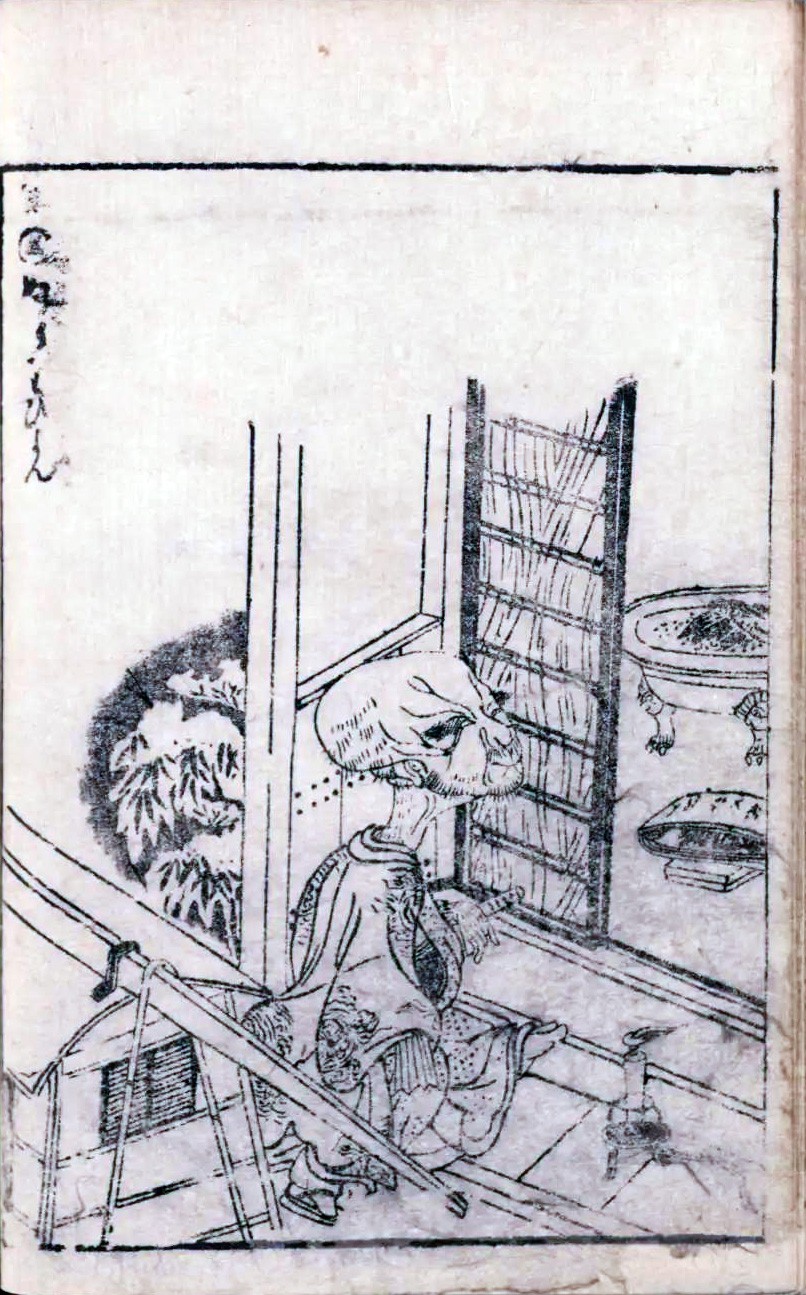
A yokai in the form of an old man who enters people’s houses without permission and makes himself at home. He is sometimes regarded as the supreme commander of the Night Parade of One Hundred Demons, and appears frequently in anime, manga, and many other works.
Nuppefuhofu (Nuppefubō)
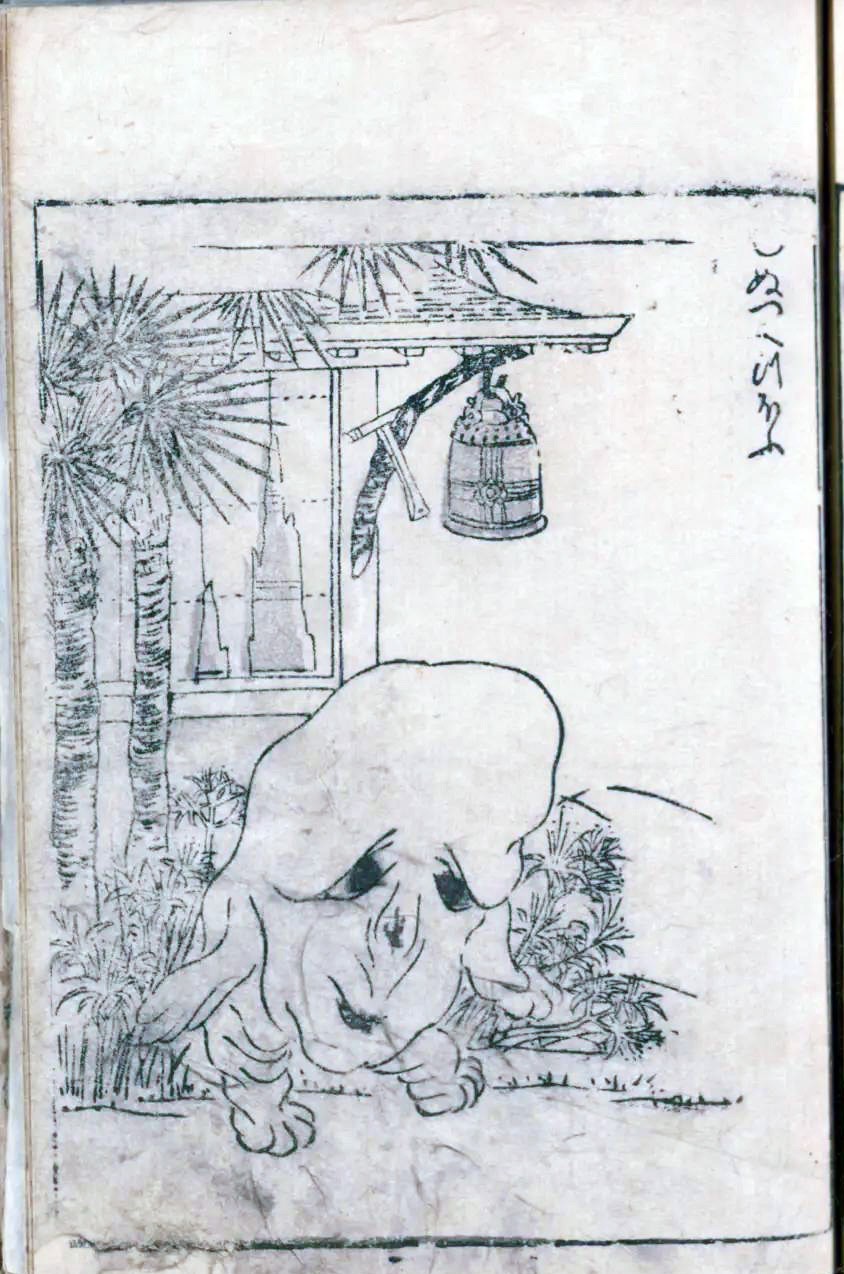
Vol. 3 Shūi Vol. 3"[1], Naganoya Kankichi, Bunka 2 [1805]. National Diet Library Digital Collection https://dl.ndl.go.jp/pid/2553975 (Accessed 2025-09-16)
A grotesque yokai depicted as a faceless lump of flesh. Said to symbolize plague and death, it embodies the fear of the unknown.
Which yokai lead and close the Night Parade of One Hundred Demons?
The yokai leading the parade differ depending on the tales and picture scrolls, and no particular being is fixed. On the other hand, there are various theories about the yokai at the end of the procession. Some say that "Kūbō" (symbolizing great misfortune) brings up the rear, while others claim that "Nurarihyon," as the supreme commander, appears last.
These differing theories are part of what makes the Night Parade of One Hundred Demons so fascinating and enduring.
🛒 Purchase "Yokai Visual Encyclopedia / Shigeru Mizuki" here 【Yahoo! Shopping】
When is the Kyoto Night Parade of One Hundred Demons 2025? Yokai events you can experience across Japan
The Night Parade of One Hundred Demons is not just a tale of legend, but is also recreated as festivals in various regions today. Here, let’s take a look at major yokai events you can experience nationwide.
Kai-Kai YOKAI Festival (Kyoto Prefecture)
A yokai festival held at Toei Uzumasa Eigamura. In the parade recreating the Night Parade of One Hundred Demons, participants dress up as yokai and march through the streets, giving visitors the extraordinary feeling of having wandered into a Heian-era night. The festival is also packed with food stalls and limited-edition goods, making it popular not only with tourists but also with locals.
- Scheduled Date: September 13 (Sat) – November 30 (Sun), 2025
- Official Website: https://www.toei-eigamura.com/yokai/
👉 Purchase "Toei Uzumasa Eigamura" admission tickets here [kkday]
Ichijō Night Parade of One Hundred Demons (Kyoto Prefecture)
A yokai costume parade hosted by "Ichijō-dōri / Taishōgun Shopping Street," where legends of the Night Parade remain. Every year, many participants walk through the shopping street in elaborate yokai costumes, and the yokai art flea market "Mononoke-ichi" is held at the same time.
- Scheduled Date: April 2025 is canceled
- Official Website: https://ja.kyoto.travel/event/single.php?event_id=3647
Tokyo Night Parade of One Hundred Demons (Tokyo)
The largest yokai costume parade in the Kanto region, held throughout the town of Koenji. It is often held on the same day as the Koenji Festival, with the entire town wrapped in a yokai atmosphere.
- Scheduled Date: October 25 (Sat), 2025
- Official Website: https://koenjifes.jp/2025/hyakkiyako/
Osu YOKAI Night Parade (Aichi Prefecture)
A parade held in Nagoya’s Osu shopping district as part of the "Osu Summer Festival." It is organized in collaboration with the "Moving Yokai Exhibition," with around 100 participants dressing up as yokai and marching through the shopping streets.
- Scheduled Date: Already held on August 3 (Sun), 2025
- Official Website: https://tv-aichi.co.jp/parade/
Kawagoe Yokai Machi-Aruki (Saitama Prefecture)
A strolling event where participants can freely wander the streets of Koedo Kawagoe dressed as yokai. The town fills with people in yokai costumes, and the festivities include the yokai parade "Kawagoe Night Parade of One Hundred Demons" as well as stage shows featuring yokai.
- Scheduled Date: Already held on July 5 (Sat), 2025
- Official Website: https://coedo-yokai.jp/
The Night Parade of One Hundred Demons in anime and manga
The Night Parade of One Hundred Demons has been depicted in countless modern anime and manga. While incorporating elements of the traditional parade, each work adds its own interpretation and settings, creating diverse portrayals. Here are some notable examples.
When is the Night Parade of One Hundred Demons in Jujutsu Kaisen?
In "Jujutsu Kaisen," the "Night Parade of One Hundred Demons" refers to a large-scale battle that took place on December 24, 2017, within the story. This was the climax of the movie "Jujutsu Kaisen 0," in which Suguru Geto, the most dangerous curse user, declared a massive terrorist attack by unleashing countless curses in Shinjuku and Kyoto to eradicate non-sorcerers. In line with this in-story date, the movie "Jujutsu Kaisen 0" was released on December 24, 2021, making it a highly significant date for fans.
👉 Purchase "Jujutsu Kaisen 0 The Movie" Standard DVD here [Animate]
Nura: Rise of the Yokai Clan
"Nura: Rise of the Yokai Clan" centers on Nurarihyon, the yokai who leads the Night Parade of One Hundred Demons. It tells the story of a modern-day high school student who awakens as the supreme commander of the yokai, forming a parade with his companions. The series blends traditional yokai imagery with themes of camaraderie and leadership.
👉 Purchase "Nura: Rise of the Yokai Clan" TV Series Vol. 1 DVD here [Animate]
Natsume’s Book of Friends
In "Natsume’s Book of Friends," there are depictions of yokai moving in groups reminiscent of the Night Parade of One Hundred Demons. Rather than being purely frightening, the yokai are shown with human-like traits, portraying themes of coexistence and closeness between humans and yokai. Its gentle, dreamlike atmosphere has made it beloved by many readers.
👉 Purchase "Natsume’s Book of Friends" DVD here [Animate]
Hyakki Yako Sho (The Record of the Night Parade of One Hundred Demons)
"Hyakki Yako Sho" follows a protagonist born into a family connected with yokai and spirits, depicting the mysterious beings that lurk within everyday life. As the title suggests, yokai play a central role in the story. The series combines quiet fear with refined beauty, presenting the essence of the Night Parade of One Hundred Demons to a modern audience.
👉 Purchase "Hyakki Yako Sho" manga here [Animate]
GeGeGe no Kitaro
"GeGeGe no Kitaro" features a wide variety of yokai in every episode, evoking the lively feel of the Night Parade of One Hundred Demons. Centered around Kitaro, the yokai appear in both conflict and cooperation, creating what could be called a modern version of the parade. Loved for decades, the series has played a major role in making yokai familiar to the Japanese people.
👉 Purchase "Kitaro Tanjō: GeGeGe no Nazo" Standard Edition DVD here [Animate]
Conclusion
The "Night Parade of One Hundred Demons" is a symbol of Japan’s yokai culture. From ancient folklore to modern-day festivals, anime, and manga, it has been passed down in many forms. The procession of yokai, terrifying yet strangely captivating, can be seen as a precious cultural heritage that conveys Japan’s traditions and creativity to the present day. Why not take this opportunity to explore the fascinating world of Japanese yokai culture through the Night Parade of One Hundred Demons?
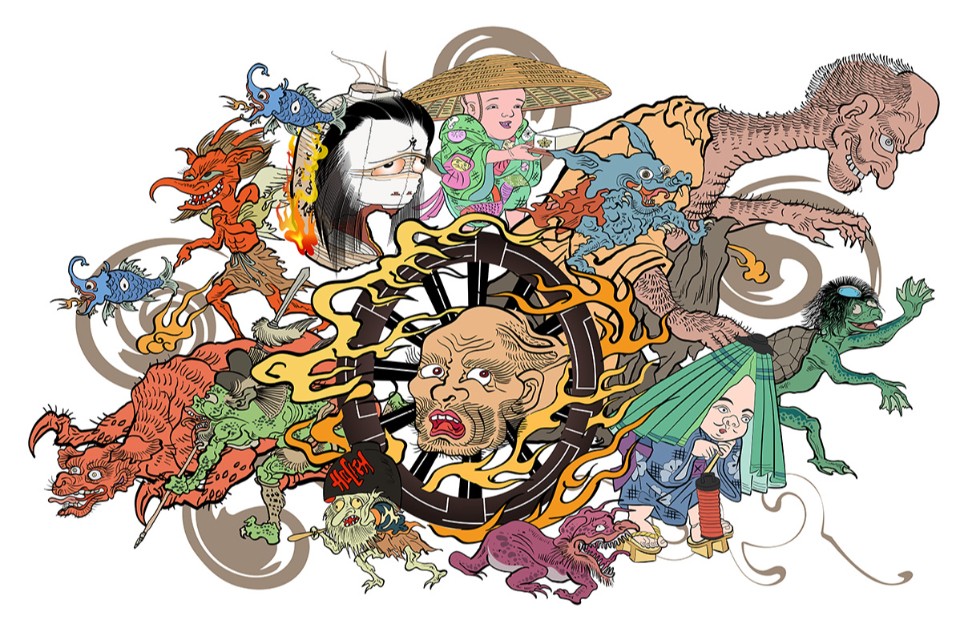
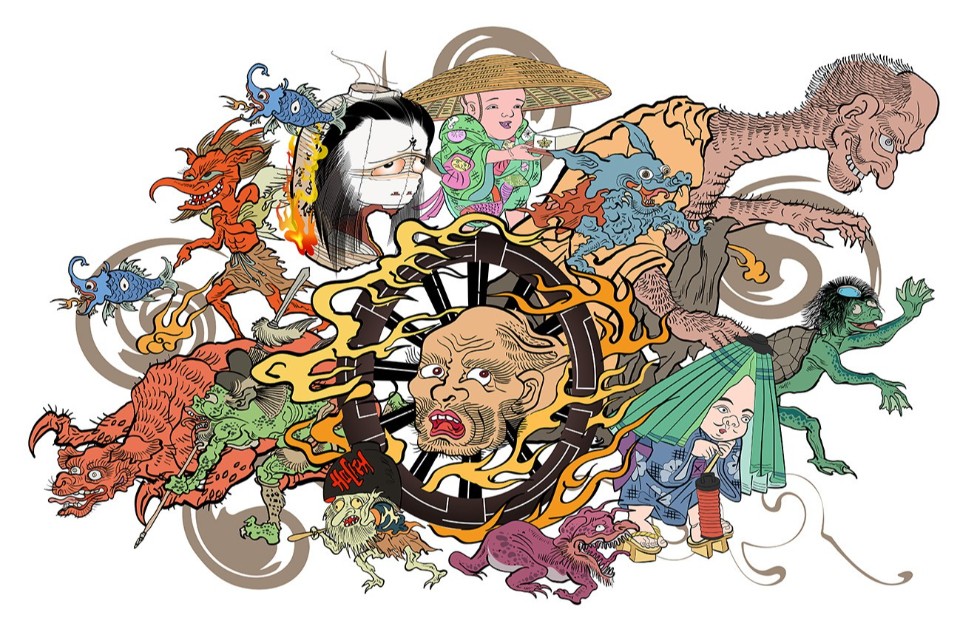
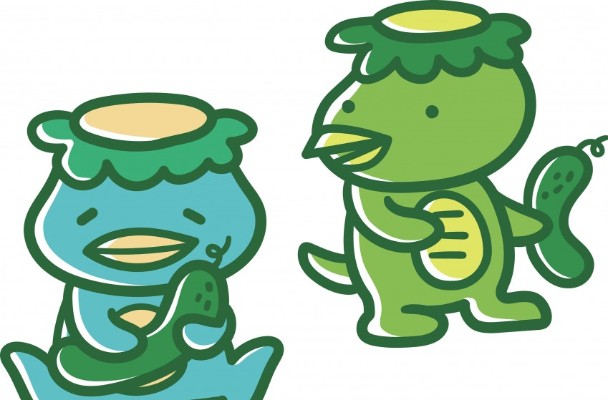
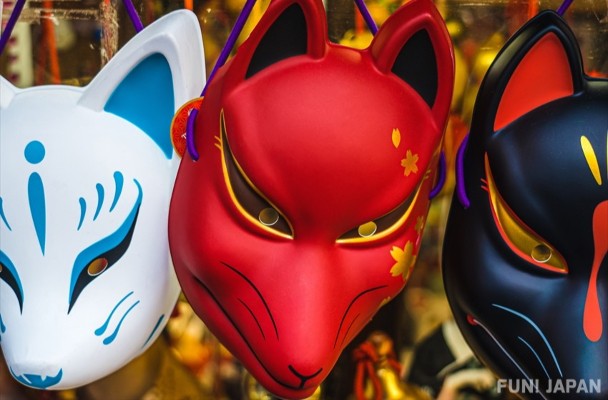
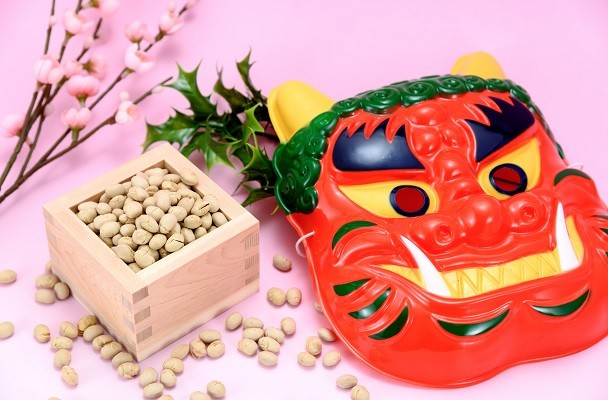
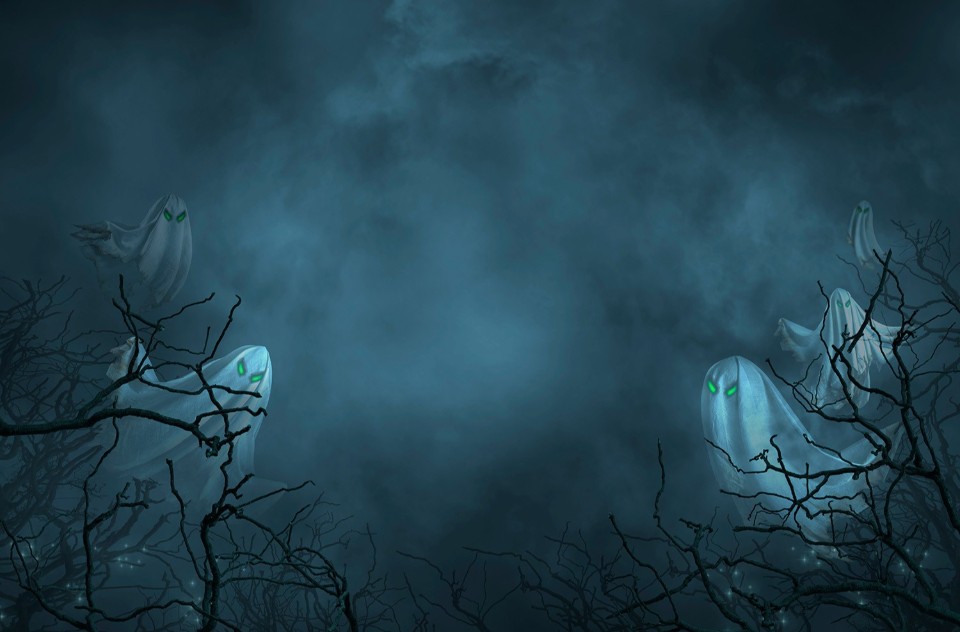
Comments